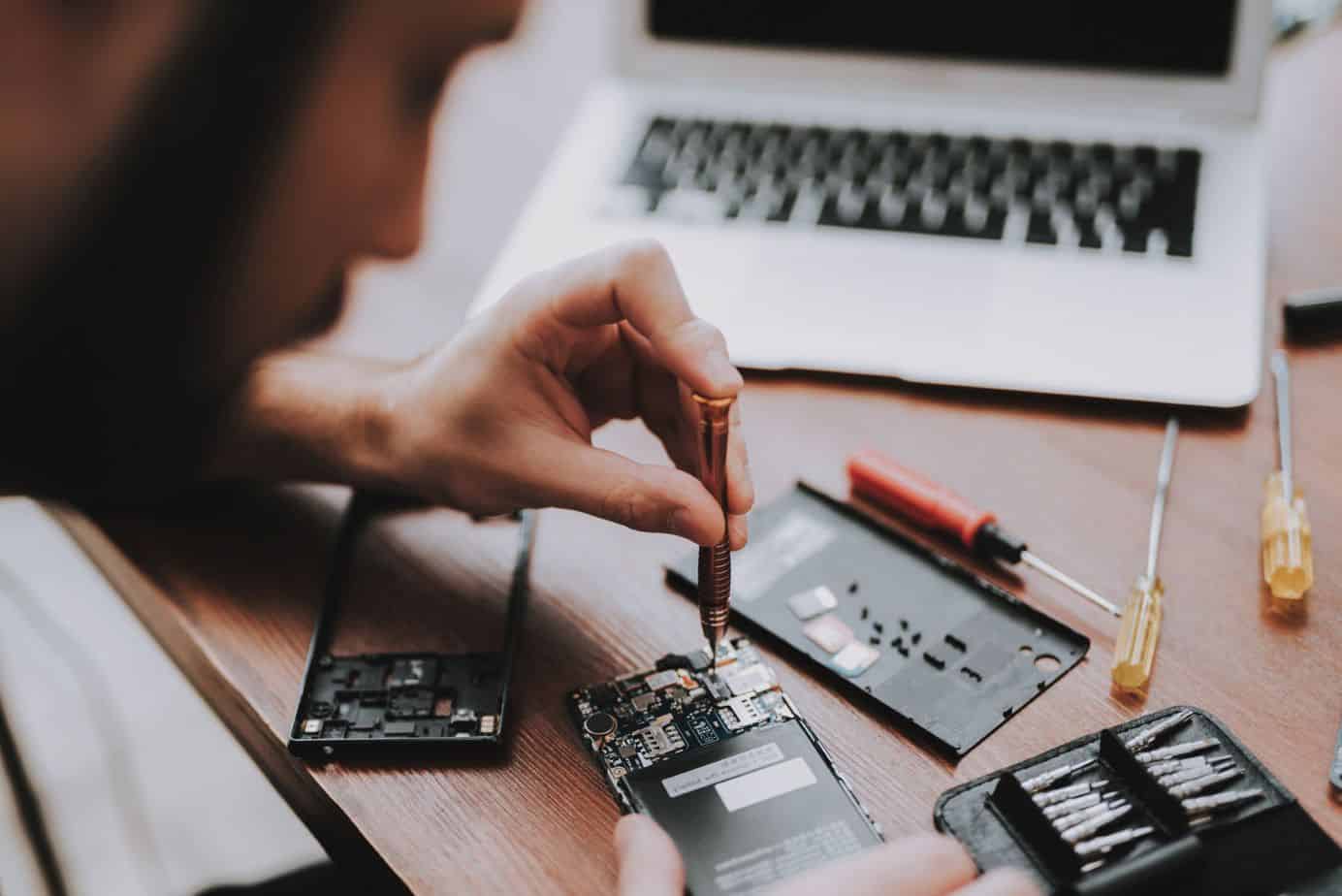As the technology industry is rapidly growing, the need for protective legislation also forms alongside it. The Right to Repair Act, led by The Repair Association, highlights the issues with technological manufacturers that reduce access to repair.
For example, if you’re having issues with your computer, you’re probably wondering what to do next. If you’ve spent hundreds or thousands, you’re not going to want to throw it away. So you have to get someone to look at it for you, right? Right. But it’s much easier said than done.
In most cases, you have to go directly to the manufacturer for analysis. This, however, can be a pretty steep price, and sometimes, they still claim that they’re unable to repair it. So, you end up spending money on the manufacturer’s tests and throw it out anyway, which contributes to huge wastage. The Right to Repair Act aims to reduce this wastage.
What are the main aims of the Right to Repair Act?
The Right to Repair Act campaigns to:
Make Designs Catered to Repairs
If you remember some of the older phones, you could easily remove the battery yourself and just buy a new one online if it needed replacing. However, if you look at iPhones now, their batteries are fixed, and you almost have no choice but to use someone else for repairs. The Right to Repair Act wants to make repairs more accessible through the device’s design.
Make Information Accessible
Information should be accessible to everyone, and by limiting this, they’re preventing others from having the correct information. This can be anything concerning software updates, manuals, etc.
Make Parts and Tools Accessible
When your device has broken, there’s limited access to the diagnostic and repair tools that’d be needed to fix your own device. Instead, people are forced to spend money and go to third-party repair shops rather than access tools.
Allow Access to Unlocking Software
The Right to Repair Act also wants to allow people to unlock and modify their own devices.
Which states are affected by the Right to Repair legislation?
Across the United States, more and more states are introducing these rights, although it has not been fully legalized throughout the country. Therefore, whether this legislation currently affects you will depend on what state you’re in.
According to the U.S. PIRG, in 2021, 27 states in the U.S. have introduced or carried over the Right to Repair legislation.
Is the Right to Repair needed?
Manufacturers, whether consciously or not, are increasingly making products more difficult to repair. Trying to fix an issue in an electrical product most likely will break it, and consequently, the only option is to throw it out. Although you’re recycling the product, it would still be in working order if it could’ve been repaired.
With the Right to Repair Act, if there is increased repairability, the owner doesn’t have to throw it out, and they can continue using their product for much longer. Not only does this reduce the costs of buying a new one, but it also reduces waste and is so much better for the environment.
What will the Right to Repair Act have an impact on?
You may be thinking: Does this affect product warranties? How will it affect retailers? Is it safe to do so?
Product Warranties
The Right to Repair Act won’t have an impact on product warranties. Manufacturers should still offer warranties, and is one of the key tools of their marketing strategies.
The Right to Repair will only impact you once the product warranty has run out for most people. (Beforehand, product warranty should be honored as usual.)
Retailers
The Right to Repair Act is focused more on the responsibility of manufacturers and wouldn’t affect retailers. It’s the duty of the manufacturer to decide how they’ll respond to the legislation, i.e., how they’ll distribute the spare parts and information.
Safety
Safety is a key factor regarding technology. Electrical items can be dangerous, and the opposing side may argue that professionals should be the only ones to conduct repairs. However, with access to the pertinent information, like the Right to Repair Act advocates for, the owner should have the option to repair themselves.
In some cases, they may be minor repairs that can be easy to do by yourself. Still, without the proper access to information or tools, people are restricted and have no choice but to pay out loads of money to manufacturers when their design could’ve prevented it in the first place.

